GARDENING WITH NATURE
Article by Sigrie KendrickNot all bugs are bad!
A majority of the insects you see in your garden do not harm plants and are, in fact, called ‘beneficials’, as they benefit your garden by improving soil, pollinating plants, and eradicating destructive pests. While many gardeners wage war against pests with chemicals, an army of beneficial insects quietly perform nature’s pest control, often more effectively and with no environmental drawbacks. These garden allies deserve not only our appreciation but our active cultivation.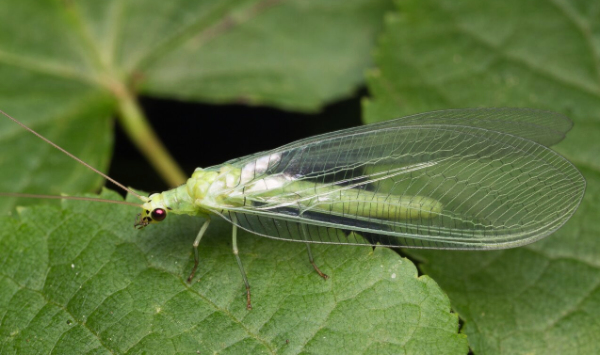
Green Lacewing
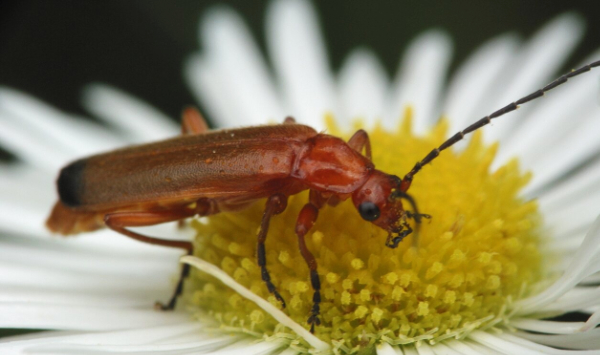
Soldier Beetle
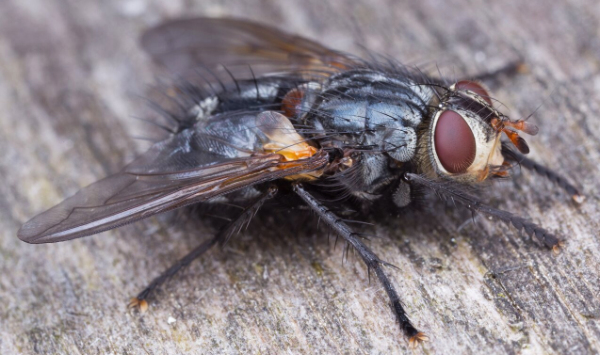
Green Lacewings
Green lacewings are perhaps the most beautiful of these beneficial predators. With delicate, transparent wings and bright green bodies, these insects might look fragile, but their larvae are voracious hunters nicknamed ‘aphid lions’ for good reason.
A single lacewing larva can consume up to 200 aphids or other small prey weekly. The adults typically feed on nectar and pollen, making them excellent pollinators, while their offspring handle pest control. Their dual service makes them particularly valuable in any garden ecosystem.
Soldier Beetles
Soldier beetles, related to fireflies but without the light-producing organs, are another powerful ally. These slender, soft-bodied beetles earned their name from their colourful markings resembling British military uniforms.
Both adults and larvae are predatory, targeting aphids, caterpillars, and consuming grasshopper eggs. The adults supplement their diet with pollen, making them useful pollinators as well. Their ability to move easily between plant canopies allows them to hunt pests in multiple garden zones.
Tachinids
The Tachinid fly might not win beauty contests with its bristly appearance, resembling an
overgrown housefly, but its pest-management skills are unmatched. The family Tachinidae is the largest group of insect parasitic flies, with over 1,300 species in North America, many of which are important natural enemies of destructive pests.
These flies parasitize some of gardening’s most notorious pests: caterpillars, beetle larvae, and stink bugs. Female Tachinids lay eggs on or near host insects, and when the eggs hatch, the larvae burrow into the host and consume it from within.
Tachinids have been used extensively in biological control programs. A single species, Lydella thompsoni, can parasitize up to 75 per cent of the highly destructive corn borer larvae.
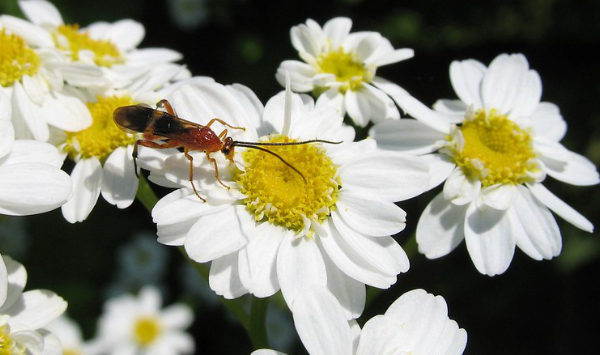
Brachonid Wasp
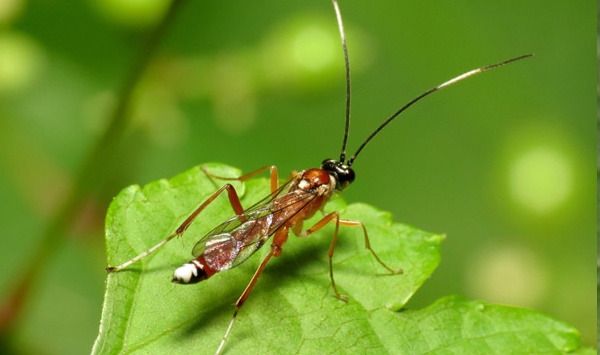
Trichogramma Wasp

Orb Weaver Spider
Parasitic wasps
Parasitic wasps represent perhaps the most diverse and specialized group of beneficial insects. Despite their name, they are completely harmless to humans and many are smaller than a grain of rice, escaping the attention of most people.
Their precision targeting of specific pest species makes them invaluable. Braconid wasps, for example, lay eggs inside aphids, causing what gardeners call ‘aphid mummies’, the dried husks of aphids from which adult wasps eventually emerge.
Trichogramma wasps target caterpillar eggs before they can even hatch, while others specialize in beetle larvae or white flies. These wasps are raised commercially around the world and widely released for pest control.
Spiders
Often misunderstood and feared, spiders are among the garden’s most effective generalist predators. A single spider can consume thousands of insects yearly. They maintain balance in the garden ecosystem by capturing flying insects, crawling pests, and even other beneficial insects when populations become too dense.
Orb weavers catch flying pests in their distinctive wheel-shaped webs, while wolf spiders
actively hunt on the ground, capturing soil-dwelling pests that other predators might miss.
How you can help beneficial insects in your garden–
- Plant diverse flowering species, especially members of the carrot, daisy, and mint families, to provide necessary nectar and pollen
- Maintain areas of undisturbed ground cover, such as fallen leaves and leave perennial plants standing in the fall, to offer essential overwintering sites and shelter
- Beneficials require a source of water to survive, so consider providing a shallow dish of water placed in your garden. Change it regularly to prevent its use by mosquito larvae.
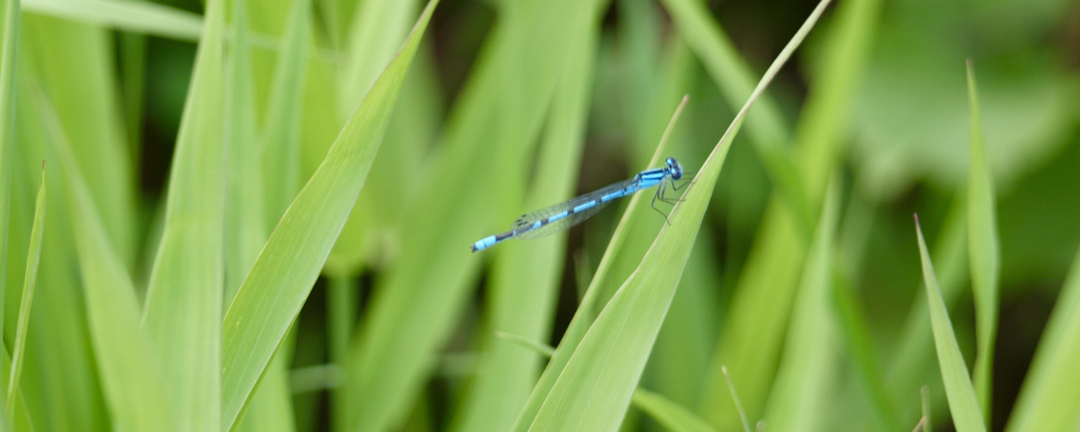
The relationship between plants, pests, and beneficial insects represents a natural system of checks and balances. By supporting these natural predators, we align ourselves with ecological processes refined over millions of years.
Rather than fighting against nature with chemicals and barriers, we can harness these allies to create gardens that not only produce beautiful plants but also support diverse wildlife communities.
The next time you spot a lacewing, soldier beetle, or even a spider in your garden,
consider yourself lucky to be witnessing nature’s pest control experts at work.

